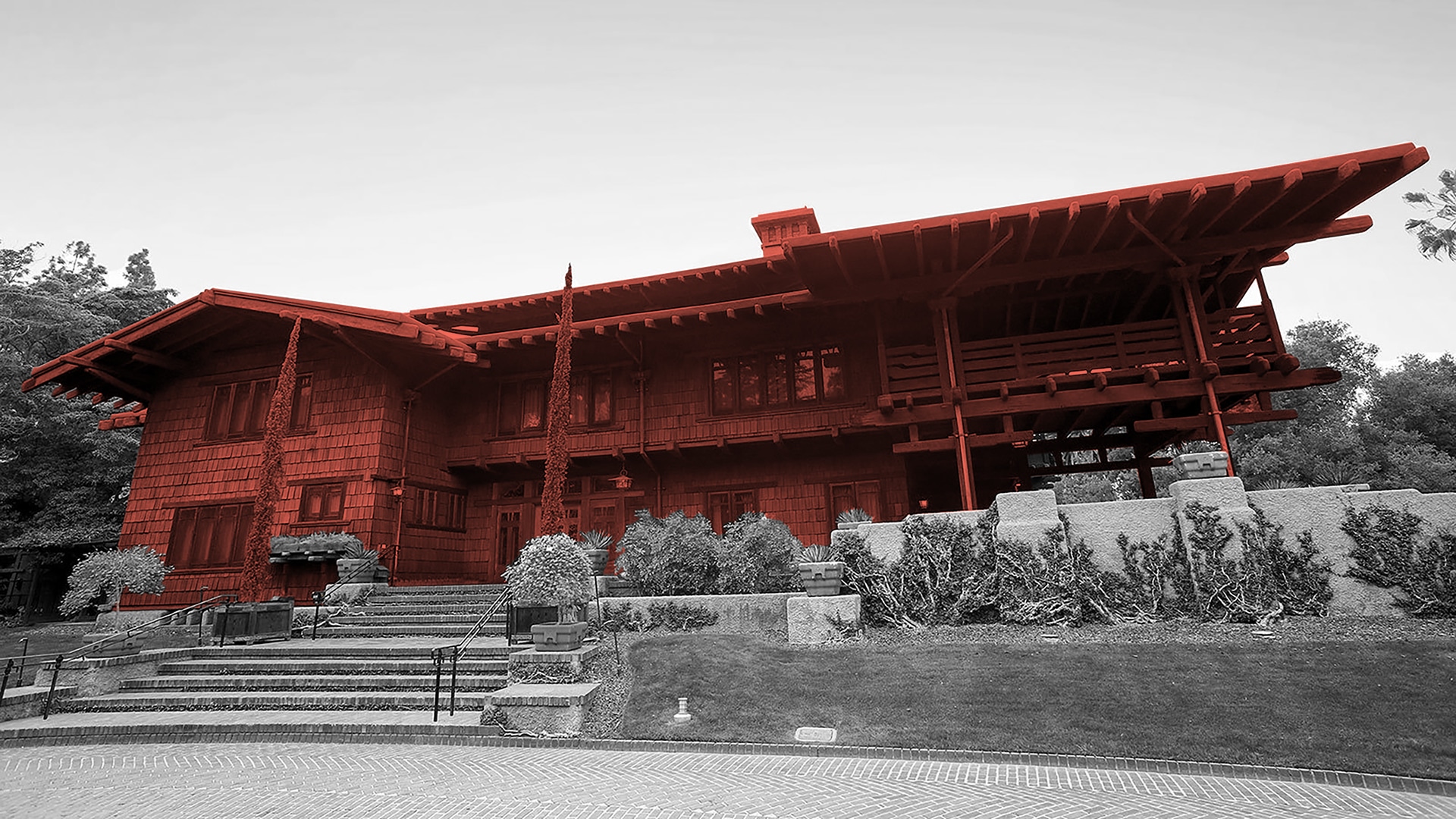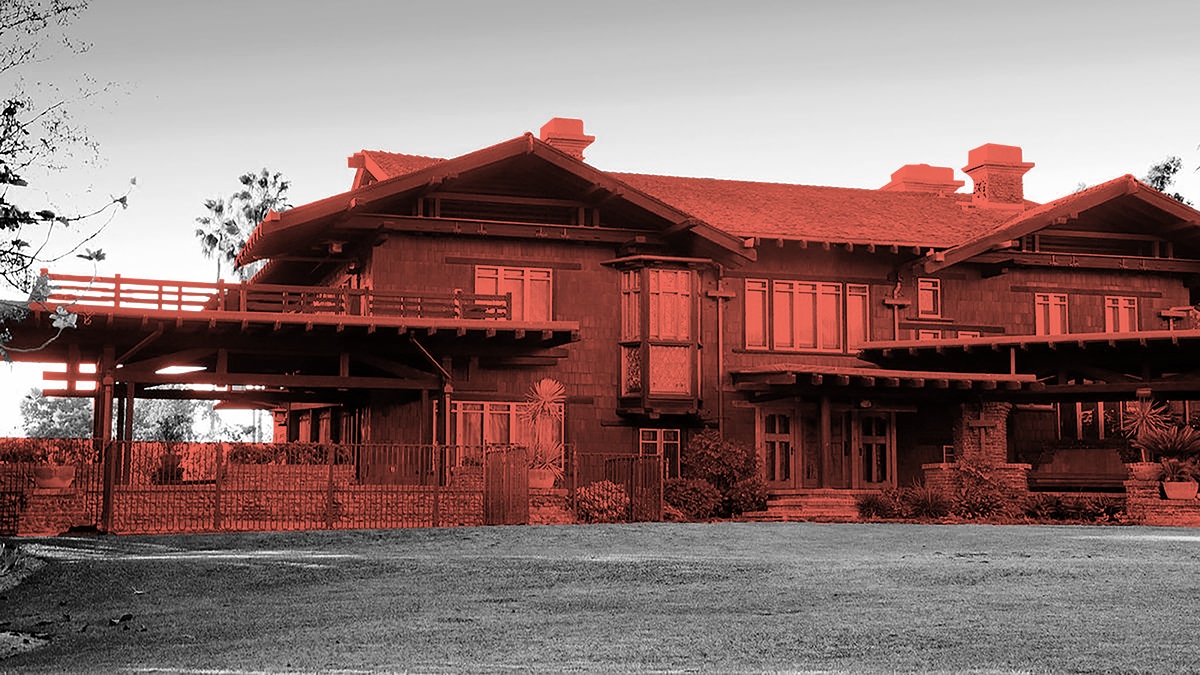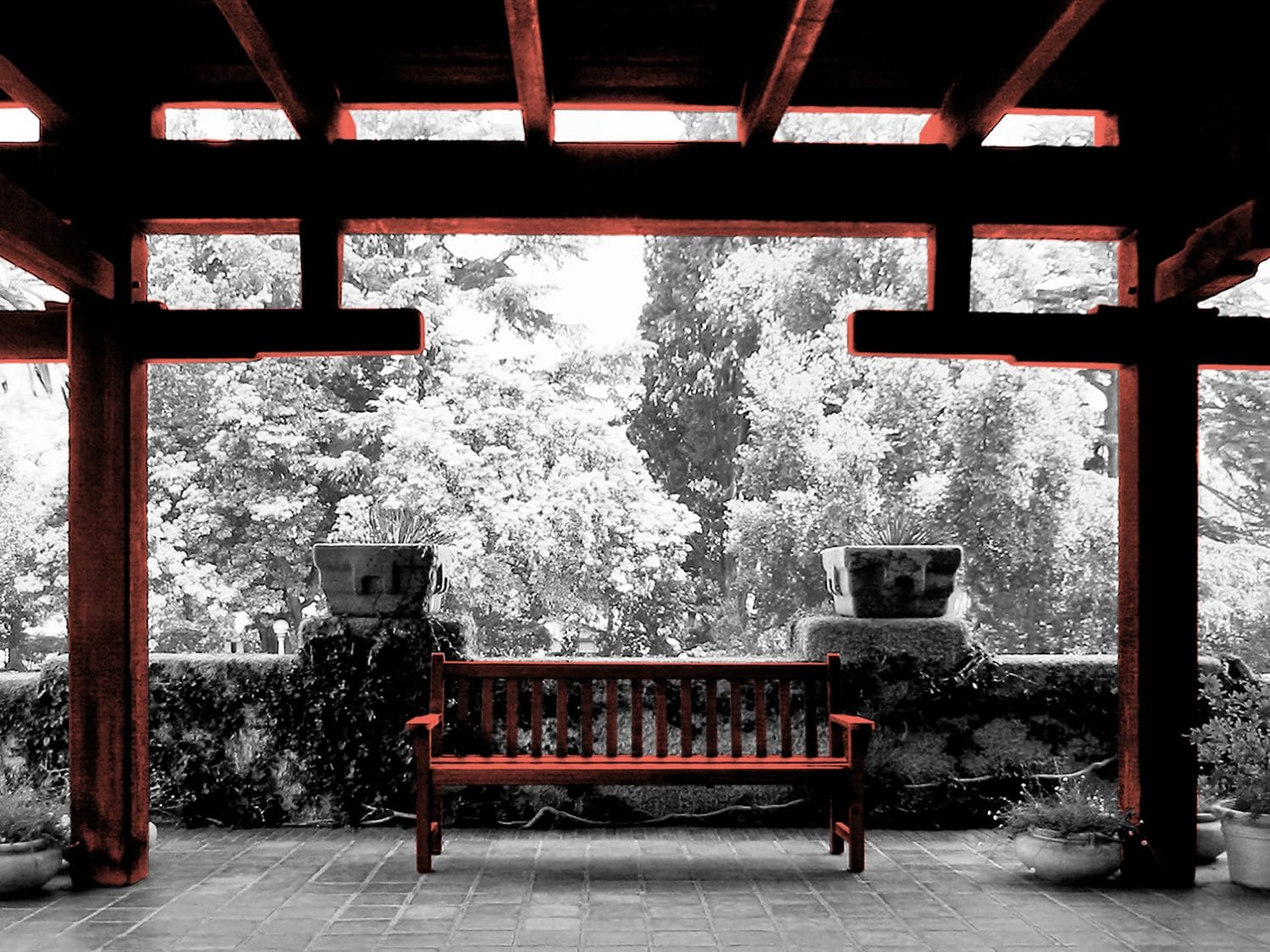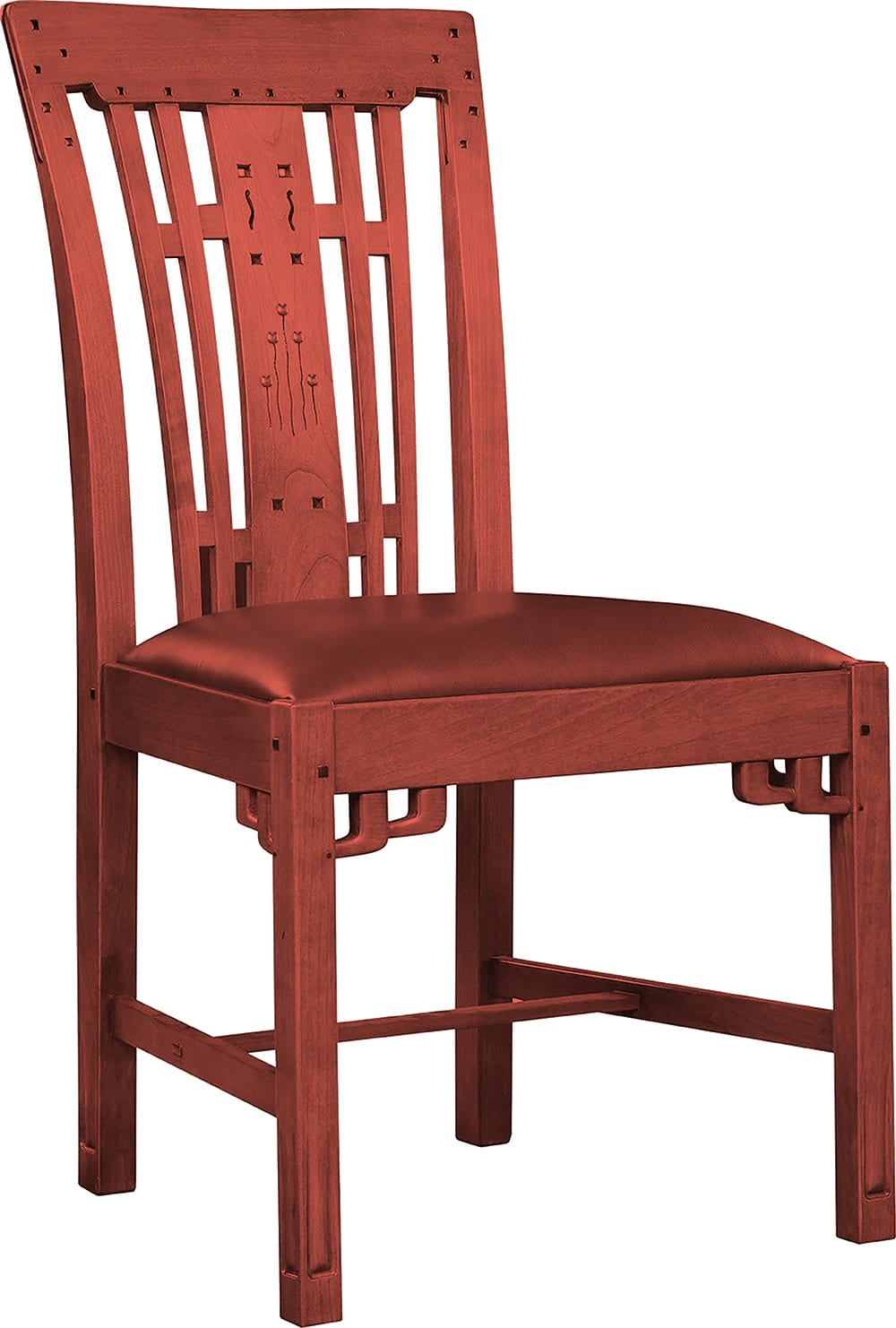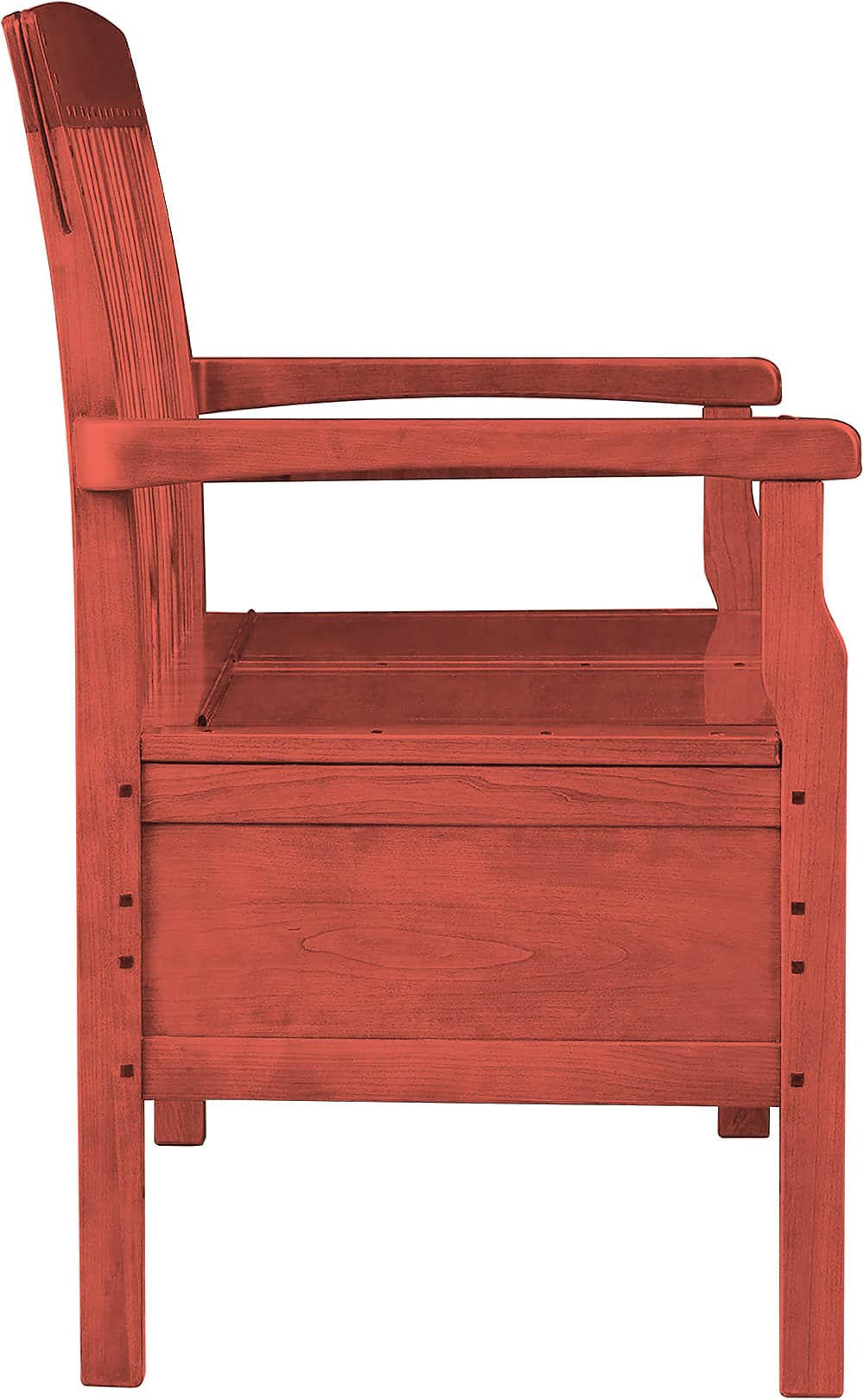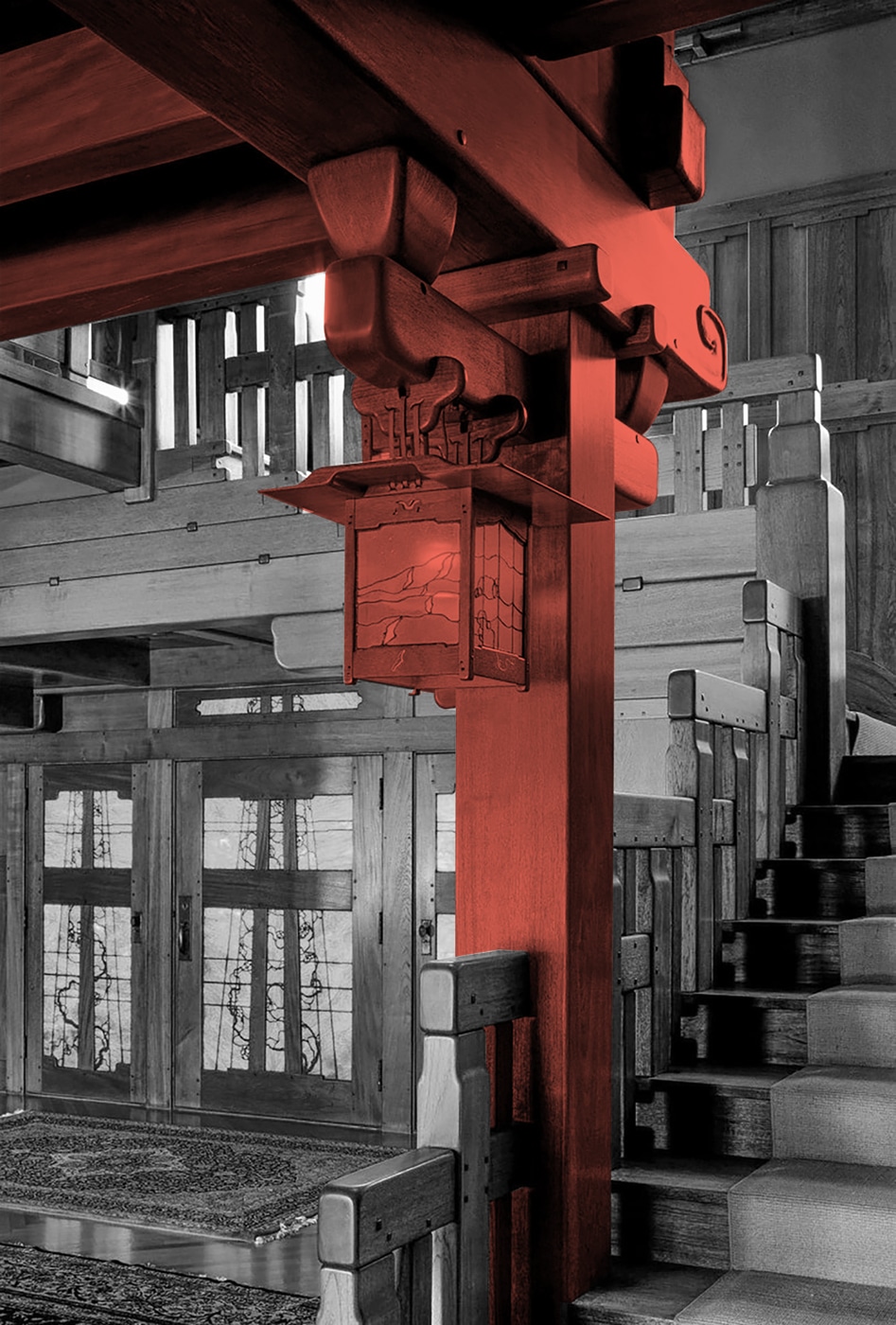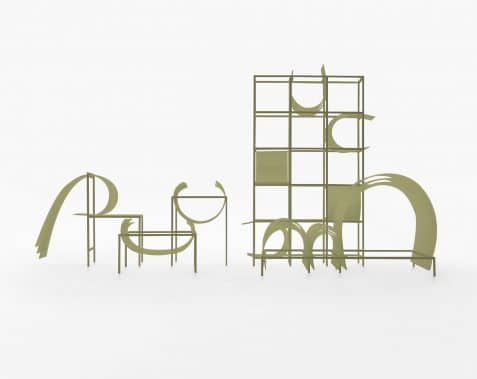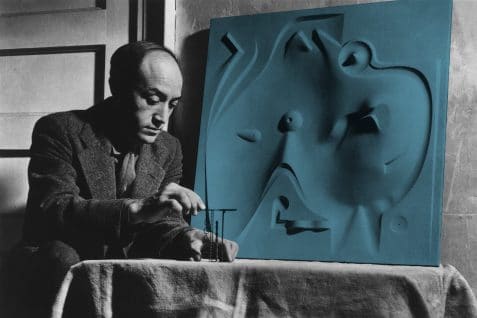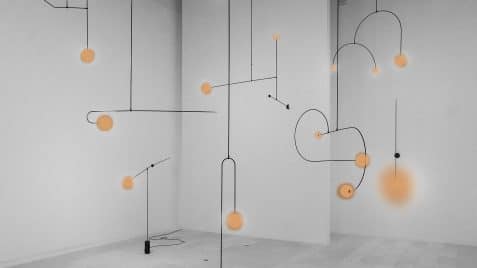INTERIOR
Greene & Greene’s new vernacular #Greene
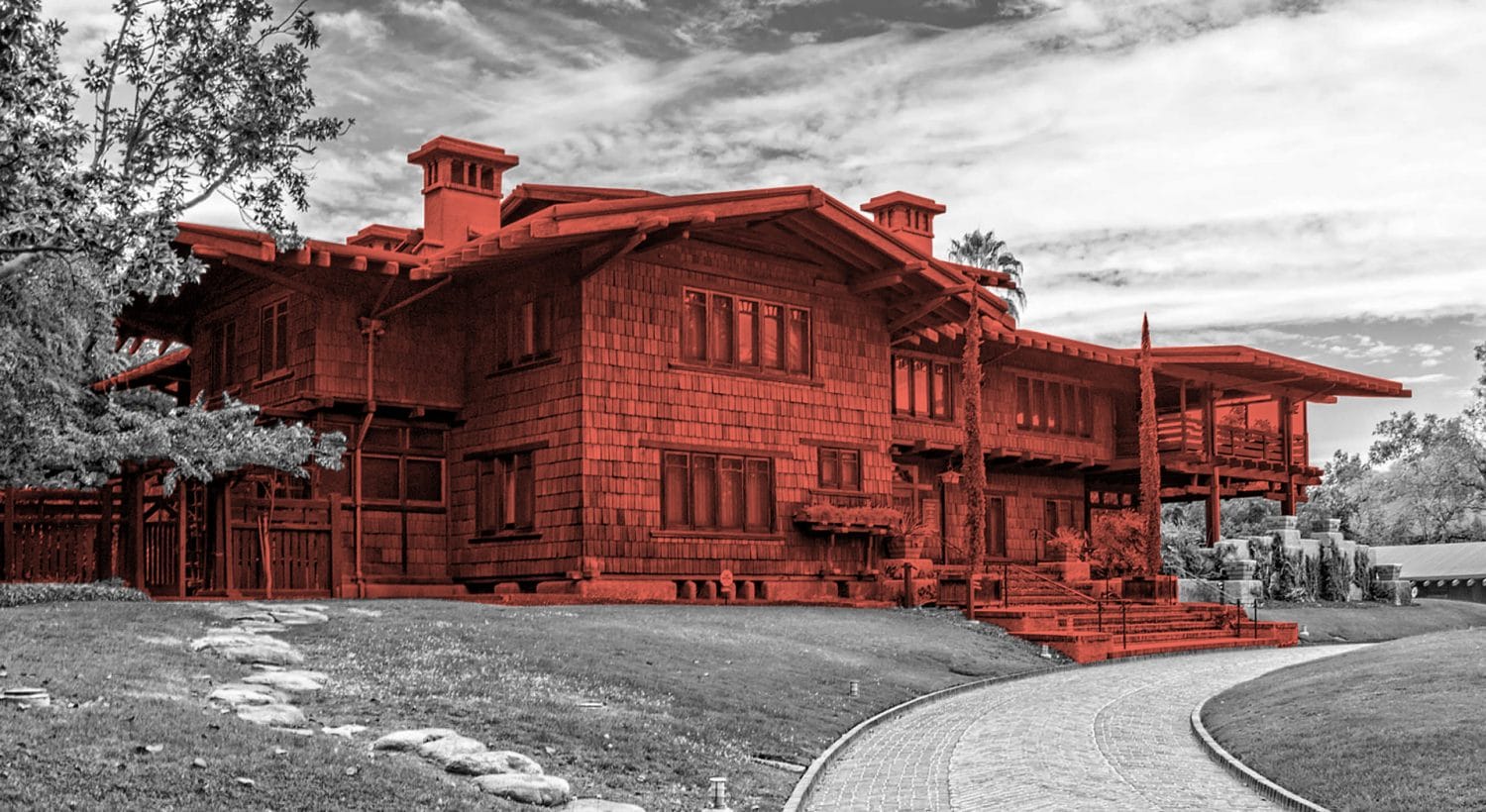
From their Pasadena studio, Charles Sumner Greene and Henry Mather Greene built numerous mansions in Los Angeles designed as second homes for wealthy East Coast citizens, including the 1907 Blacker House and the 1908 Gambler House. These houses combined the influence of Shingle Style, a simplification of English Arts & Crafts style that particularly accentuates horizontality, with the influence of traditional Japanese architecture, in vogue in the United States since the World’s Fair in Chicago in 1893. Although their work is not very abundant, the Greene & Greene established a new Californian vernacular style, radically different from the colonial style, which would be a recognized influence on postwar American architecture.
The Greenes’ houses are characterized by the visual importance of the wood construction and the structural honesty. The structure of the house explodes to the outside and is manifested in the sleeping porches or the large deck eaves. Each beam and joist is clearly manifested, in a structural display based on the wooden construction of traditional Japanese architecture.
The idea was to eliminate everything unnecessary, to make the whole as direct and simple as possible, but always with the beautiful as the final goal, Henry Greene.
In the interiors, due to the influence of the Arts & Crafts movement and their training as artisans, the Greenes seek a comprehensive design in which all elements participate in the same language. Furniture, lamps, stained glass or carpets respond to an honest but refined design that is not usual in American Arts & Crafts. His lamps and stained-glass windows use abstract plant motifs of oriental inspiration, but their furniture, like their architecture, display an honest use of wood that exhibits joints and pegs and clearly expresses its construction.
